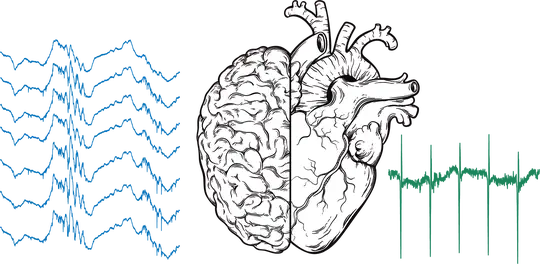I am a postdoctoral researcher from the Buzsáki lab at NYU School of Medicine in New York. Currently, I am studying how non-invasive brain stimulation interacts with ongoing brain activity.
My approach combines brain stimulation in rodents with large-scale electrophysiology using Neuropixels and flexible probes, optogenetics using μLED and waveguide probes, fiber-photometry, and BOLD-fMRI.
Through my multi-disciplinary approach, I acquired first-hand knowledge about the challenges of translational neuroscience. Testing brain stimulation in animals and humans during my MD/PhD has made me aware of the progress needed for TES to become a reliable experimental and therapeutical tool.
To strengthen my knowledge in neuroengineering, I spent two years in Dr. Euisik Yoon’s laboratory at the University of Michigan.
I believe in knowledge sharing, and I try to contribute by sharing my CAD designs and video tutorials.
Skills
Freely moving mice and rats
Neuropixels 2.0
Silicon probes
Flexible probes
Freely moving and head-fixed mice
Optrodes
μLED probe
Waveguide probe
Transcranial Electrical Stimulation
Mice
Rats
Humans
Projects
The focus of my investigation lies in exploring the potential utilization of intrinsic cellular properties and network mechanisms to enhance the spatial specificity of Transcranial Alternating Current Stimulation (tACS).
In this project, we developed the ThermoMaze, a behavioral paradigm that induces heat seeking behavior and guides mice to multiple positions in a two-dimensional cold environment.
Recent Publications
Talks
This is a home for invited talks and workshops, each linked with accompanying materials.
Contact
- voroslakos@gmail.com
- +1 734 263 3777
- 435 E. 30th Street (Room 1323), New York, NY 10016







